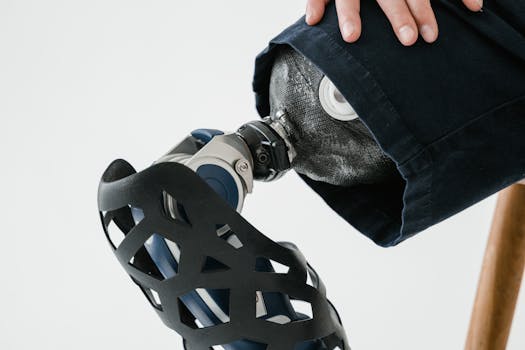
The Future of Health Tech: Wearables and Gadgets in 2025
Introduction to Health Tech
The Future of Health Tech: Wearables and Gadgets in 2025 is an exciting and rapidly evolving field that is changing the way we approach healthcare. With the increasing use of wearables and gadgets, individuals are now able to track their health and wellness like never before. From smartwatches to fitness trackers, these devices are providing valuable insights into our daily habits and health metrics.
Wearables and Their Impact on Health
Wearables are small, portable devices that can be worn on the body to track various health metrics such as heart rate, blood pressure, and sleep patterns. These devices have become increasingly popular in recent years, with many people using them to monitor their daily activities and make healthier lifestyle choices. Some of the most popular wearables include smartwatches, fitness trackers, and smart glasses.
One of the key benefits of wearables is their ability to provide real-time feedback on our health and wellness. For example, a smartwatch can track our daily step count, distance traveled, and calories burned, providing valuable insights into our physical activity levels. Additionally, many wearables now include features such as GPS tracking, allowing us to monitor our location and pace during outdoor activities.
Gadgets and Their Role in Health Tech
Gadgets are small devices that can be used to track specific health metrics or provide therapy for certain health conditions. Examples of gadgets include blood glucose monitors, inhalers, and insulin pumps. These devices are often used in conjunction with wearables to provide a more comprehensive picture of our health and wellness.
One of the key benefits of gadgets is their ability to provide targeted therapy for specific health conditions. For example, an inhaler can provide quick relief for asthma symptoms, while an insulin pump can help regulate blood sugar levels for individuals with diabetes. Additionally, many gadgets now include features such as mobile connectivity, allowing us to track our health metrics and receive alerts and reminders on our smartphones.
Conclusion
In conclusion, the future of health tech is exciting and rapidly evolving. With the increasing use of wearables and gadgets, individuals are now able to track their health and wellness like never before. From smartwatches to fitness trackers, and from blood glucose monitors to inhalers, these devices are providing valuable insights into our daily habits and health metrics. As we look to the future, it is likely that we will see even more innovative health tech devices and gadgets, each designed to help us live healthier, happier lives.
Future of Health Tech: Trends and Predictions
As we look to the future of health tech, there are several trends and predictions that are worth noting. One of the key trends is the increasing use of artificial intelligence (AI) and machine learning (ML) in health tech devices. This will enable devices to provide more accurate and personalized health insights, as well as offer tailored therapy and treatment options.
Another trend is the growing importance of data analytics in health tech. With the increasing amount of health data being generated, there is a need for advanced analytics tools to help make sense of this data and provide actionable insights. This will enable healthcare professionals to make more informed decisions and provide better patient outcomes.
Finally, there is a growing trend towards more personalized and consumer-centric health tech devices. This includes devices that are designed to meet the specific needs of individuals, such as wearable devices for older adults or devices for individuals with disabilities.
Challenges and Limitations of Health Tech
Despite the many benefits of health tech, there are also several challenges and limitations that need to be addressed. One of the key challenges is the issue of data privacy and security. With the increasing amount of health data being generated, there is a need for robust security measures to protect this data and prevent unauthorized access.
Another challenge is the issue of accessibility and affordability. Many health tech devices are still relatively expensive, making them inaccessible to individuals in lower-income communities. There is a need for more affordable and accessible health tech devices that can be used by individuals from all backgrounds.
Finally, there is a challenge of interoperability between different health tech devices and systems. This can make it difficult for healthcare professionals to access and share patient data, which can lead to delays and errors in patient care.






